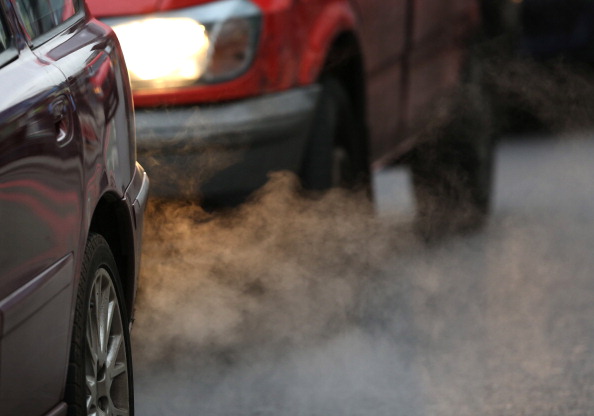The Great Smog must be firmly in the past: our City will display exemplary air quality

Seventy years ago this week, five days of toxic air brought London to a standstill. Flights were grounded, cars abandoned, and trains cancelled.
The “Great Smog” – as it became known – descended on the capital, as smoke and noxious fumes from coal fires, vehicles, and factories mixed with fog and mist.
Initial estimates suggested that about 4,000 people died in the immediate aftermath. Another 8,000 are understood to have died over the course of the following year.
The smog was an unforgettable signal that poor air quality is both deadly and economically damaging.
This tragic event inspired radical action which led to huge improvements. In 1954, the City of London Corporation became the first governing authority to become a Smokeless Zone, banning the production of smoke anywhere in the City. The Clean Air Act followed two years later, enabling UK local authorities to do the same.
Over the last 70 years, we have taken bold, practical, and innovative action to improve air quality in the Square Mile and right across London.
As a result we have already reached a key goal: over 90 per cent of the Square Mile will meet the current targets for nitrogen dioxide ahead of the scheduled date of 2025. But we recognise more needs to be done.
City businesses and residents must be right at the forefront of this fightback. We have worked together to bring in a Low Emission Neighbourhood programme, with new electric vehicle charging points, green infrastructure, and a zero-emission street pilot.
We are also working with building owners and occupiers at new developments in the Square Mile to reduce traffic and cut harmful emissions. This innovative approach is seen, for example, at the tallest building in the City at 22 Bishopsgate.
From there, we have gone on to ban new diesel vehicles from our own fleet, where there is a clean market alternative, and lead a London-wide crackdown on drivers who leave their engines idling when parked.
We have developed a CityAir app which gives over 35,000 Londoners low pollution travel routes with advice and alerts when air pollution is high. On top of that, our emissions-based charges for on-street parking targets high polluting transport with higher tariffs, while rewarding drivers of low emission vehicles with lesser charges.
The results are hugely positive. Data collected by people at two sites in the Square Mile this year showed a 40 per cent improvement in air quality. The Science in the City air quality monitoring project, run by Mapping for Change and commissioned by the City Corporation, showed data on nitrogen dioxide against figures collected in 2013 to see if local air quality had improved.
This transformative and ambitious work shows what can be achieved when the people of the Square Mile and the City Corporation work closely together.
As well as the obvious public health benefits, improving air quality will boost our attractiveness as a world-leading place to work, visit and live.
The City and London have more to do but we are undoubtedly on the right track. Together we can make sure that the days of The Great Smog are a distant memory as we deliver a brighter, cleaner future.
